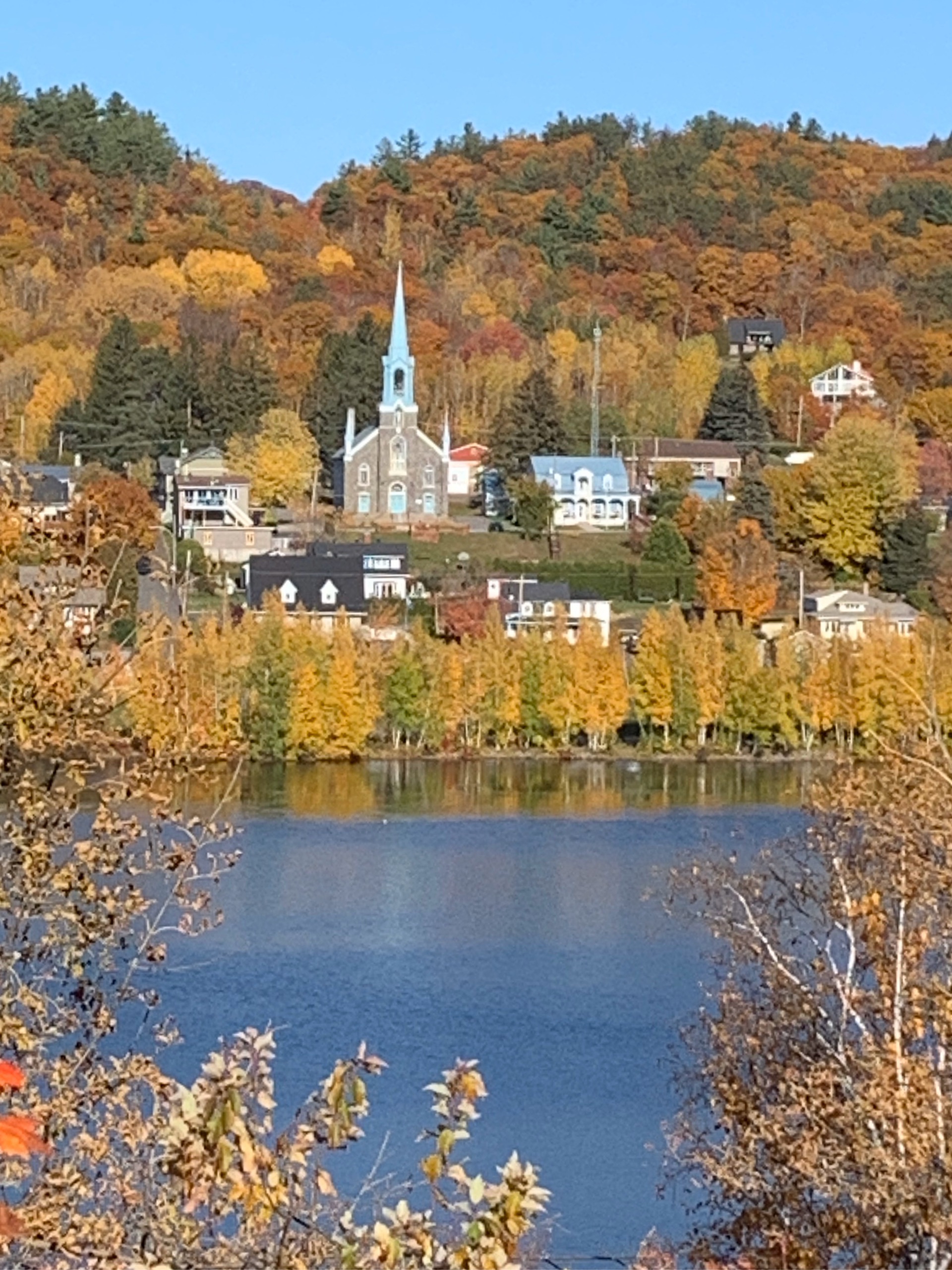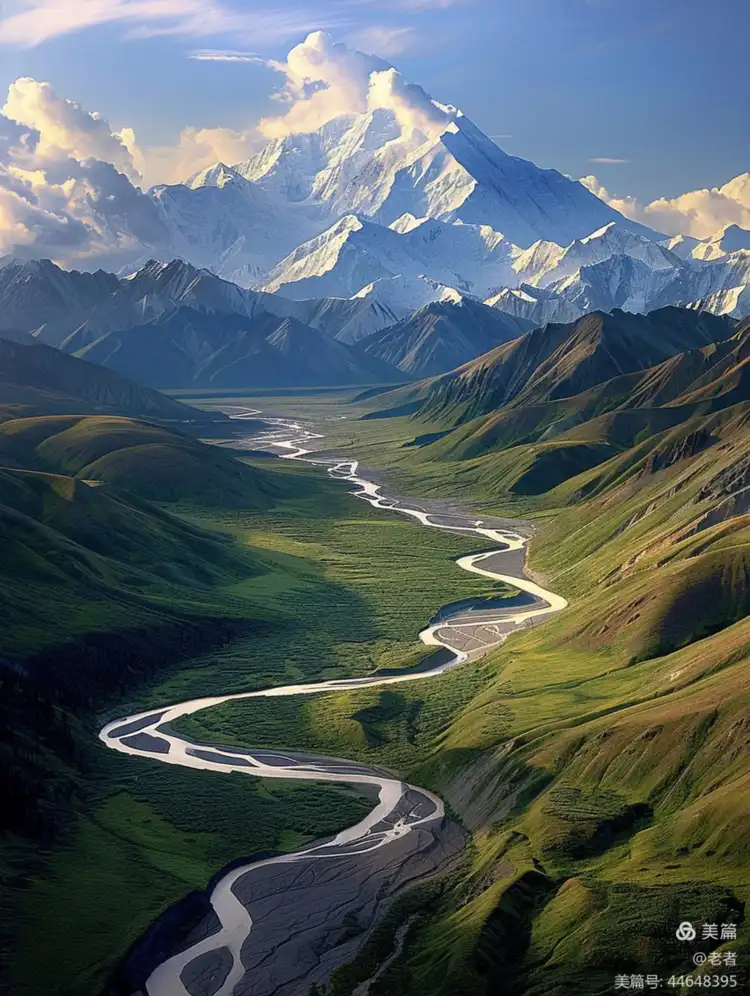Global Travel Information
Negev Desert, Israel
The Negev Desert: Israel’s Arid Wonderland
The Negev Desert, covering over 13,000 square kilometers, constitutes more than half of Israel’s land area. This vast, rugged expanse is far more than just a barren wasteland—it is a land of stark beauty, rich history, and surprising ecological diversity. From its ancient trade routes to its modern-day innovations in desert agriculture, the Negev stands as a testament to human resilience and nature’s adaptability.
Geography and Climate
The Negev stretches from the Judean Mountains in the north to the Gulf of Aqaba in the south, bordering Egypt’s Sinai Peninsula to the west and Jordan’s Wadi Araba to the east. Its terrain varies dramatically, from rocky plateaus and deep craters (like the famous Ramon Crater) to rolling sand dunes in the western regions.
The desert’s climate is harsh, with scorching summers where temperatures often exceed 40°C (104°F) and cool winters that occasionally bring frost. Rainfall is scarce, averaging less than 200 mm annually, and much of it evaporates before reaching the ground. Yet, despite these extreme conditions, life thrives here in unexpected ways.
Flora and Fauna: Survival Against the Odds
Contrary to popular belief, the Negev is not lifeless. Its unique ecosystem supports a variety of plants and animals adapted to arid conditions. Acacia trees, salt-resistant shrubs, and seasonal wildflowers bloom after rare rains, transforming the landscape into a fleeting paradise.
Wildlife includes ibexes, hyraxes, desert foxes, and even elusive leopards in the remote mountains. Birdwatchers flock to the region to spot migratory species passing through on their way between Africa and Eurasia. The Negev’s biodiversity is a reminder of nature’s ability to flourish in the most unforgiving environments.
Human History: From Nomads to Innovators
The Negev has been inhabited for millennia. Ancient Nabateans carved cities like Avdat and Shivta along the Incense Route, trading spices and perfumes between Arabia and the Mediterranean. Later, Byzantine Christians built monasteries, and Bedouin tribes roamed the desert with their herds, maintaining a semi-nomadic lifestyle that persists in some forms today.
In modern times, the Negev became a focal point for Zionist pioneers. David Ben-Gurion, Israel’s first prime minister, famously believed that the country’s future lay in developing the desert. Today, cities like Be’er Sheva—dubbed the "Capital of the Negev"—serve as hubs for technology and research, while kibbutzim (collective farms) demonstrate groundbreaking water conservation techniques.
Innovation in the Desert
Israel’s expertise in desert agriculture is globally renowned. Drip irrigation, pioneered in the Negev, revolutionized farming in arid regions by delivering water directly to plant roots, minimizing waste. Solar energy projects also thrive here, with vast fields of photovoltaic panels harnessing the relentless sun.
The Ben-Gurion University of the Negev leads research in desert studies, water management, and robotics, attracting scientists worldwide. Meanwhile, eco-tourism initiatives promote sustainable travel, offering visitors a chance to explore the desert’s wonders without harming its fragile ecosystem.
Adventure and Tourism
For travelers, the Negev offers unparalleled experiences. Hiking through the Ramon Crater—the world’s largest erosion crater—reveals geological wonders millions of years in the making. Stargazing in the clear desert skies, especially at the Ramon Crater’s observatory, is a breathtaking experience.

Bedouin hospitality provides cultural immersion, with traditional meals served in tents and stories shared under the stars. For thrill-seekers, jeep tours, camel treks, and sandboarding down dunes add an adrenaline rush to the serene landscape.
Challenges and the Future
Despite its resilience, the Negev faces challenges. Climate change threatens to exacerbate water scarcity, while urban expansion risks disrupting delicate ecosystems. Balancing development with conservation remains a critical issue.
Yet, the Negev’s story is one of perseverance. From ancient traders to modern scientists, humans have continuously adapted to—and thrived in—this harsh but mesmerizing desert. As Israel continues to innovate, the Negev stands as a symbol of what determination and ingenuity can achieve, even in the most unlikely places.
Whether for its history, ecology, or sheer natural grandeur, the Negev Desert remains one of Israel’s most captivating regions—a land where the past and future converge under the unrelenting sun.
相关文章
- Elbe River Archaeological Sites: Ancient Finds Near the Water
- Elbe River Botanical Gardens: Flowers & Plants Along the Banks
- Elbe River Zoos & Aquariums: Family Fun Near the River
- Elbe River Amusement Parks: Rides with River Views
- Elbe River Camping Spots: Pitch a Tent by the Water
- Elbe River Glamping Sites: Luxury Camping Along the Banks
- Elbe River RV Parks: Stay in Your Camper Near the River
- Elbe River B&Bs: Cozy Accommodations with a Personal Touch
- Elbe River Hostels: Budget Stays for Young Travelers
- Elbe River Business Travel Guide: Meetings & Events Near the Water
发表评论
评论列表
- 这篇文章还没有收到评论,赶紧来抢沙发吧~


